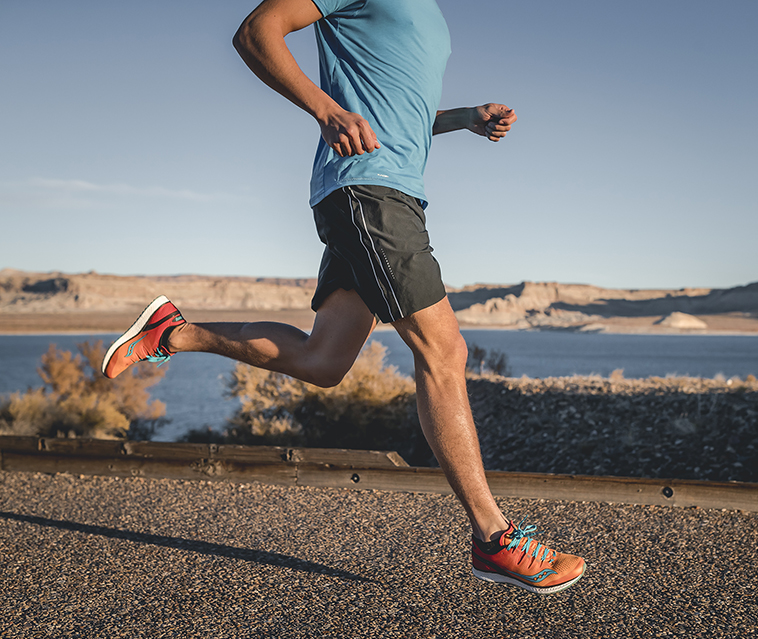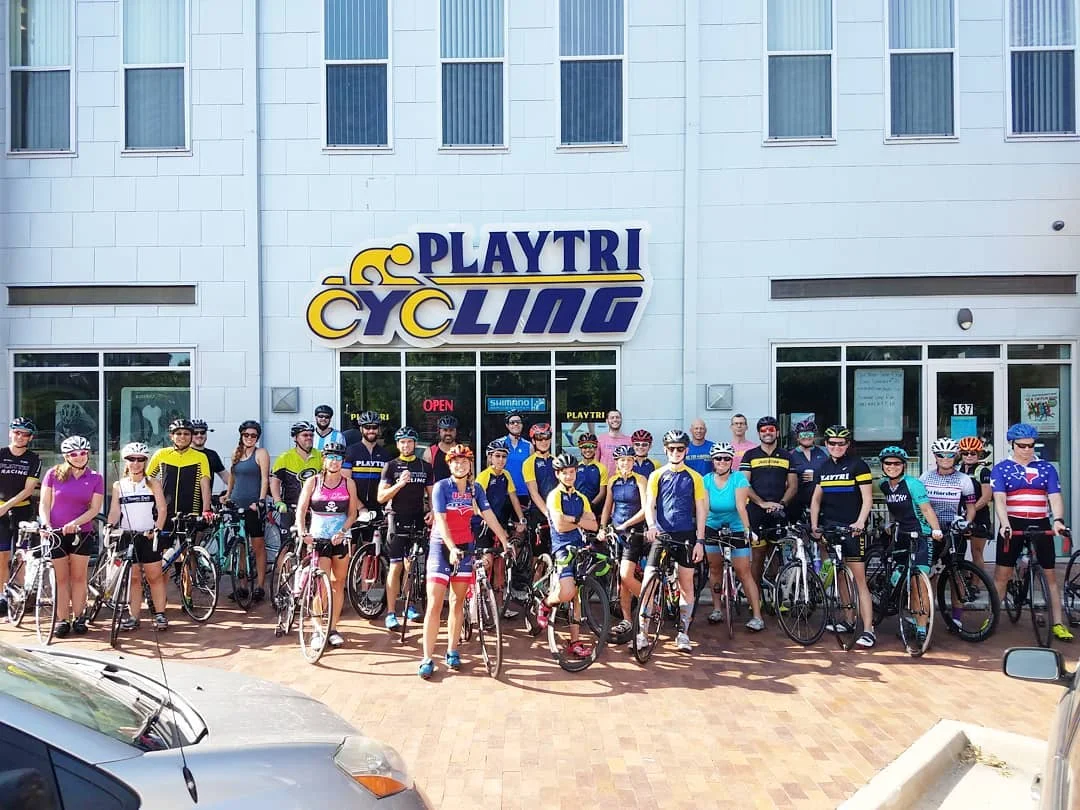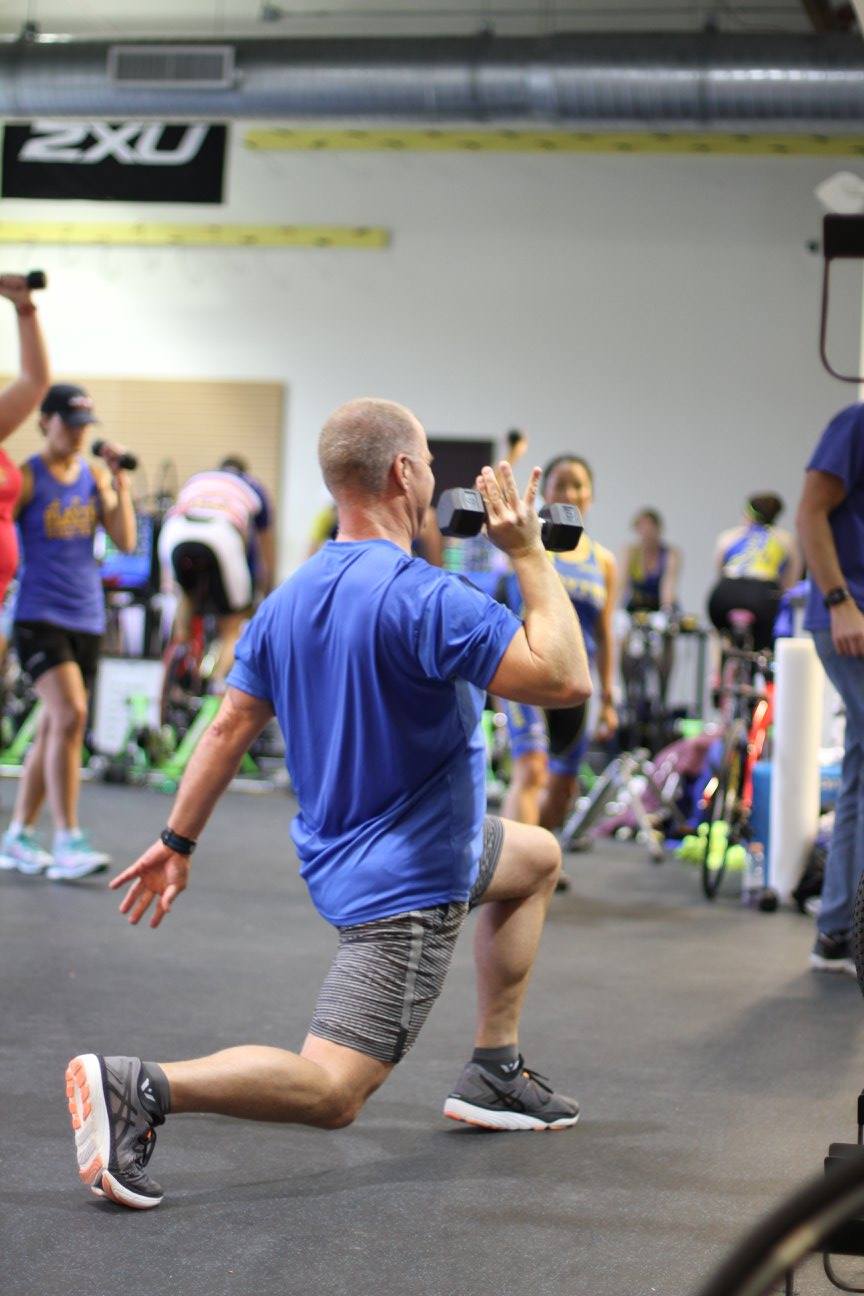Training Safe During Shorter Days
Fall means shorter days, which means less daylight for training sessions. However, the current available technology provides ample options for athletes wishing to maintain solid training volume year-round. Consider the following options when planning your training for the coming months:
Reflective gear and apparel: This includes any items with reflective surfaces designed to redirect light back to its source, creating greater visibility. Reflective items are highly recommended during low light or dark hours. Coach Morgan recommends:
· 2XU Reflect Compression Calf Guards
· Nathan Bandolier Vest
Clip on lights and head lamps: Runners and cyclists alike can benefit from the wide variety of personal lighting currently available on the market. Many lights are now designed with clips or other generic attachments so they can be easily placed wherever it makes the most sense for the athlete. Coach Morgan recommends:
· Nathan Runners’ Headlamp Neutron Fire RX
· Nathan StrobeLight LED Clip
Bicycle lights: Cyclists are strongly recommended to have both front and rear lights on their bike for day and nighttime visibility. Many states require a functioning red taillight for low light or dark hours. In recent years, many bike lights have switched from being battery operated to USB rechargeable, making prolonged use easier and less expensive for athletes. Coach Morgan recommends:
· Garmin Varia RTL510 Radar Tail Light
· Lezyne Hecto & KTV Pro Drive Pair
Stationary cycling trainers: With smart trainers and apps like Zwift and TrainerRoad, the days of dreading the trainer ride are over! Trainers are a great way to get quality bike volume in on your race bike, even when you can’t get outside. Coach Morgan recommends:
· Wahoo Kickr
· Tacx Blue Matic


















